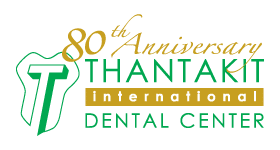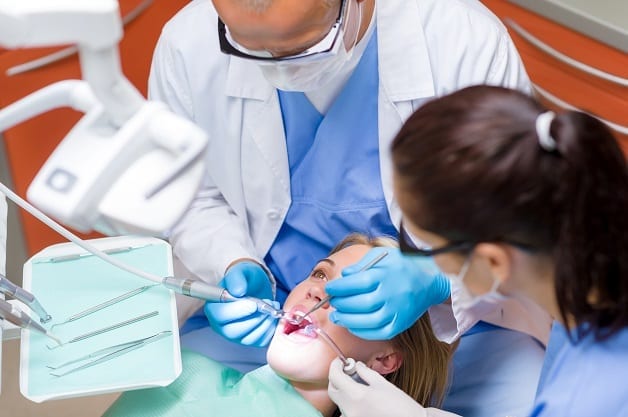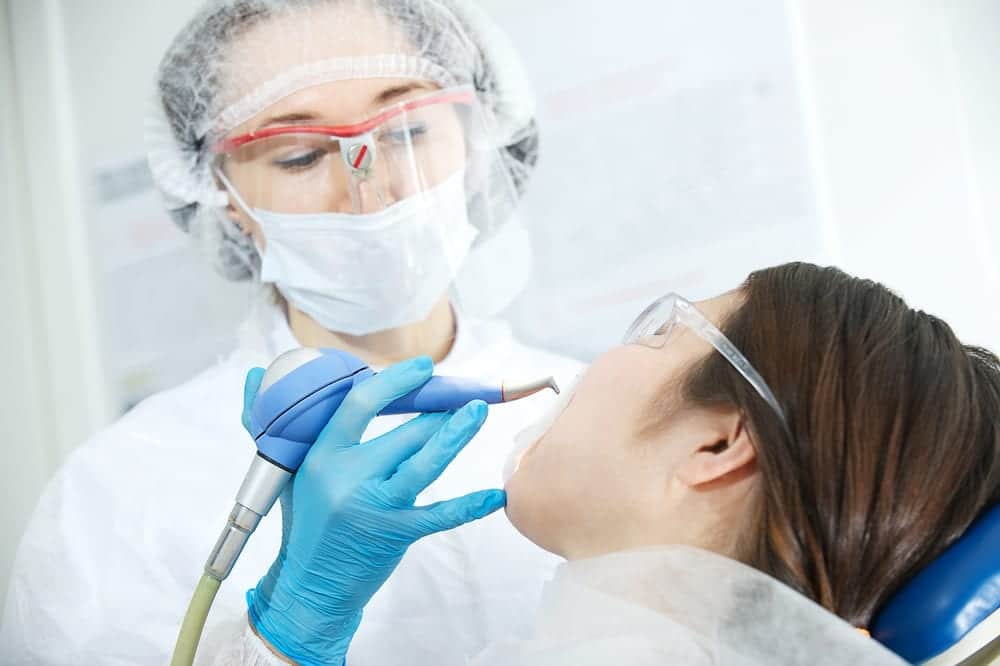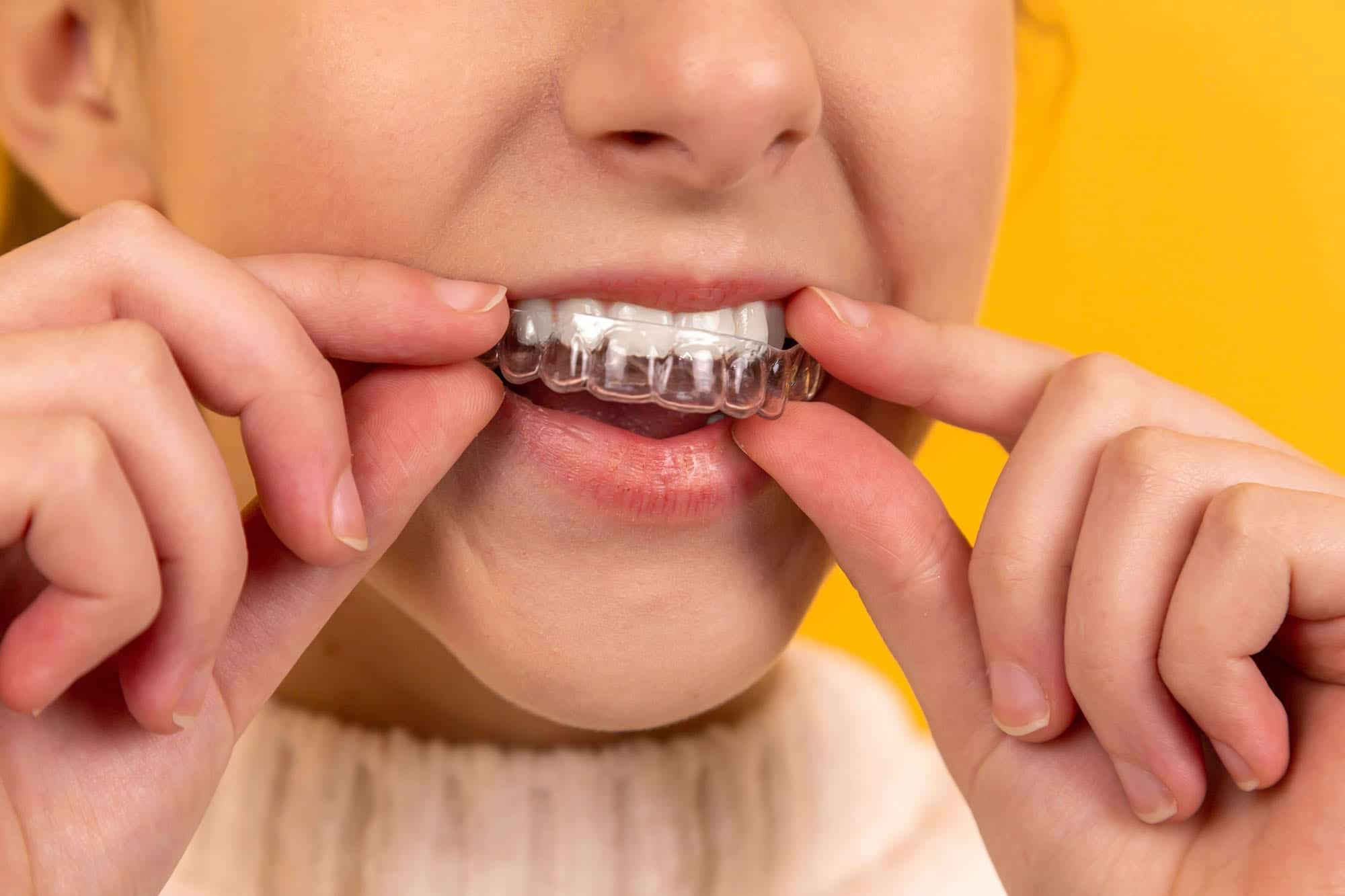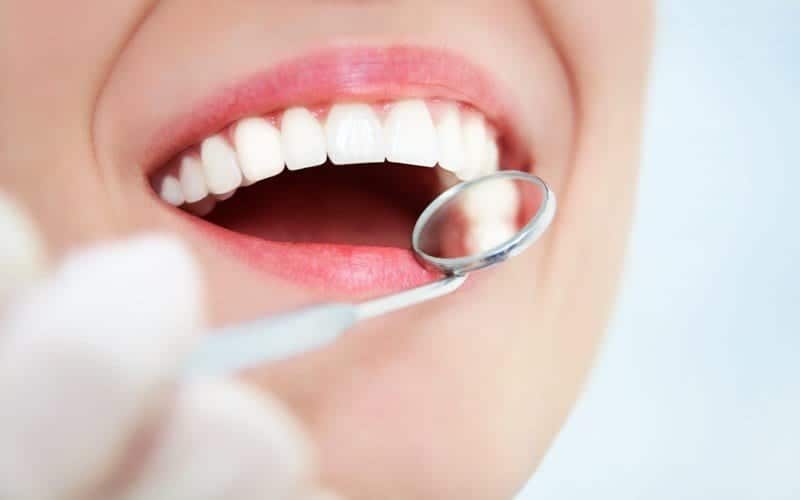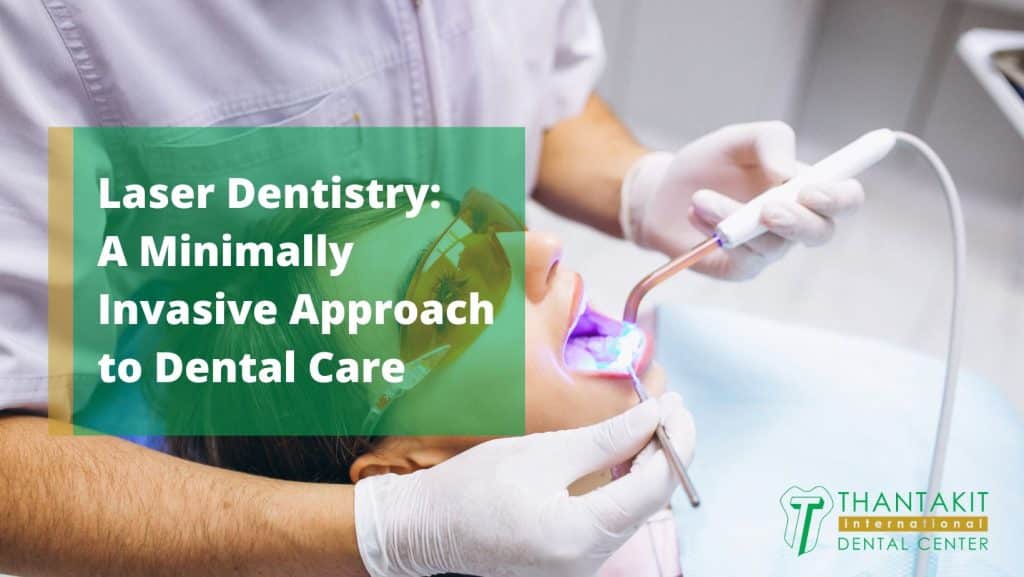What’s the first thing that comes to your mind when you think of “laser dentistry”? It’s probably laser whitening or bleaching, isn’t it? That’s when bleach is placed on your teeth and then activated using a laser lamp, leading to a bleaching effect.
This may surprise you, but the truth is, there’s a lot more to laser dentistry than just cosmetic whitening. In fact, laser dentistry encompasses any dental operation or treatment that uses lasers (devices that shoot focused beams of light).
The advantage of laser technology in dentistry is that it makes operations minimally invasive, resulting in multiple benefits such as pain reduction, faster recovery, and improved precision compared to traditional dentistry methods.
Page Contents
An Introduction to Laser Dentistry
Laser dentistry is a groundbreaking innovation that took the dentistry world by storm almost as soon as it was first introduced back in the 1990s.
In general dentistry, there are several applications using lasers that ensure safe and effective solutions for patients searching for both cosmetic and functional dental care.
In contrast, laser dentistry improves upon existing dental operations, chief among them the removal of tooth decay or damage on the enamel level. It also ensures safe and clean gum surgery. It can even assist in teeth whitening (as mentioned previously).
Thanks to dental lasers, your visit to the dentist will ultimately be a pleasant one because they’re minimally invasive and incredibly precise.
What Does “Minimally Invasive” Mean?
Dentists normally fix your dental issues by removing diseased material manually through hand instruments, surgical tools, and drills. A dental laser minimizes “invasiveness” by being more precise.
This is called Minimally Invasive Dentistry or any dentistry that mitigates collateral damage during dental operations.
Your doctor uses dental lasers to ensure minimally invasive cavity preparation, tooth reshaping, gum contouring, etc. Its precision minimizes collateral damage to adjacent structures such as nearby healthy gums and teeth.
Unlike traditional dental procedures that usually involve significant pain and anguish, dental laser procedures feature shorter recovery times, faster healing, and less discomfort.
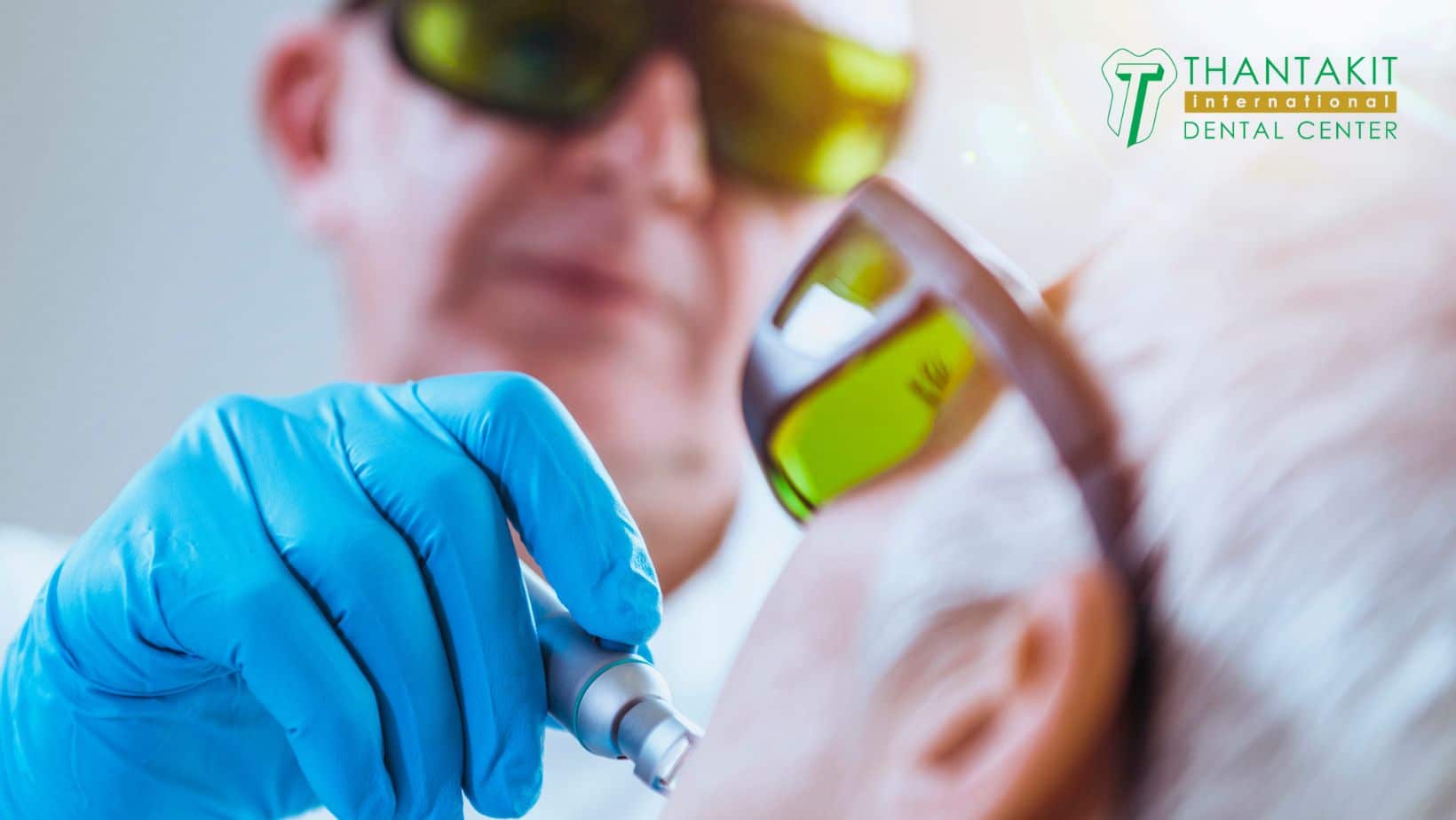
A Brief History of the LASER
The laser is a relatively recent invention that’s actually already 65 years old. Amazing, isn’t it? It only became commercially available for dental use in the 1990s though.
Originally known by the acronym LASER (Light Amplification by the Stimulated Emission of Radiation), it’s any device that produces a focused beam of light with the following specific properties:
-
It’s directional.
-
It’s coherent (produces waves in phase).
-
It’s highly monochromatic (has a single wavelength).
Theodore H. Maiman invented the first working laser on May16, 1960, in Malibu, California. It used a ruby rod with a flashlamp to produce its red-light pulse.
Then, in 1965, researchers discovered that the laser could vaporize tooth enamel, thus marking a significant step in its use in dentistry.
It’s both a new technology in that it’s still considered a state-of-the-art tool in modern times. But at the same time, it’s also vintage technology invented in the 1960s.
The First Commercially Available Dental Laser
The initial research on lasers focused more on their potential for various dental procedures, which includes the treatment of tooth decay, gum infections, and other oral health issues.
However, it wasn’t until the 1990s that dentists got a hold of the first commercially available dental laser (the pulsed Nd:YAG laser designed for soft-tissue applications).
Regardless, the main aim of this 1960s tech is to improve the outcomes of dental operations while also ensuring your comfort by being minimally invasive.
In other words, laser technology is a proven innovation that has been around for a long time yet still seems quite advanced because of how effective it is in dental treatments.
The Benefits of the Laser Dentistry Approach
Laser dentistry is a key component of minimally invasive dentistry (MID), which focuses on preserving as much of your natural tooth structure as possible.
Its applications include cosmetic dental whitening, tooth contouring, deep cleaning, root planing, scaling, and even gum or benign tumor surgery (among other procedures).
-
Minimally Invasive Nature: Dentists can precisely target and remove tissue with minimal impact on surrounding areas with their dental lasers, so only what needs removal is affected.
This reduces the need for excessive drilling or cutting. This also leads to less trauma in the tissues, thus ensuring a more comfortable or even relatively pain-free experience for you.
-
Improved Precision: Dental lasers are so precise that they can cut through the thinnest and smallest tissue sections possible to minimize damage to adjacent structures (nearby teeth and gums).
For example, femtosecond lasers can achieve 10 μm (micrometer) precision in tooth structure ablation.
In contrast, the most accurate surgical cut is usually measured within millimeters or even within 0.1 mm. For context, 0.1 mm is 100 micrometers. A millimeter is 1,000 micrometers.
-
Bacterial Reduction: These dental lasers can also kill bacteria in the treated area, thus (proverbially) killing two birds with one stone. You don’t need antiseptic to treat the tiny wounds made by these lasers.
Dental lasers can even reduce bacterial populations by using focused light energy to directly target and destroy bacteria on a cellular level. In other words, a laser can incidentally kill bacteria near the wound or specifically target them.
-
Faster Healing: Dental lasers allow you, the patient, to heal faster and suffer from less bleeding and post-operative pain. Minimal damage means faster healing time every time.
Only the absolute minimum of organic material is removed with laser dentistry, so your surrounding tissues only need to heal a little bit of damage compared to traditional or manual dentistry techniques.
-
Reduced Pain and Discomfort: Lasers are experts when it comes to reducing pain and discomfort during various dentistry procedures, which ensures you’ll deal with fewer post-operative issues than normal.
Your gums are less likely to swell, and your tooth nerves are less likely to pulsate in pain after they’ve been operated on by your dentist with laser-precise technology.
-
Bleeding Control: Lasers can improve tissue coagulation, which helps control bleeding during procedures. It basically cauterizes and seals your blood vessels when doing precision cuts.
The laser tool’s ability to cauterize minimizes blood loss during dental procedures involving the gums and periodontal pockets, which also helps prevent the need for extensive stitching or medication.
-
Reduced Anxiety: Dental lasers are quiet in nature while being more precise than even the steadiest of human hands. Therefore, if you’re anxious about getting a root canal, these lasers can help assuage your fears.
Most anxiety issues stem from past trauma, childhood phobias, or projection of insecurity onto others that can be alleviated by logic, reason, and the reassurance that laser technology can significantly reduce human error during operations.
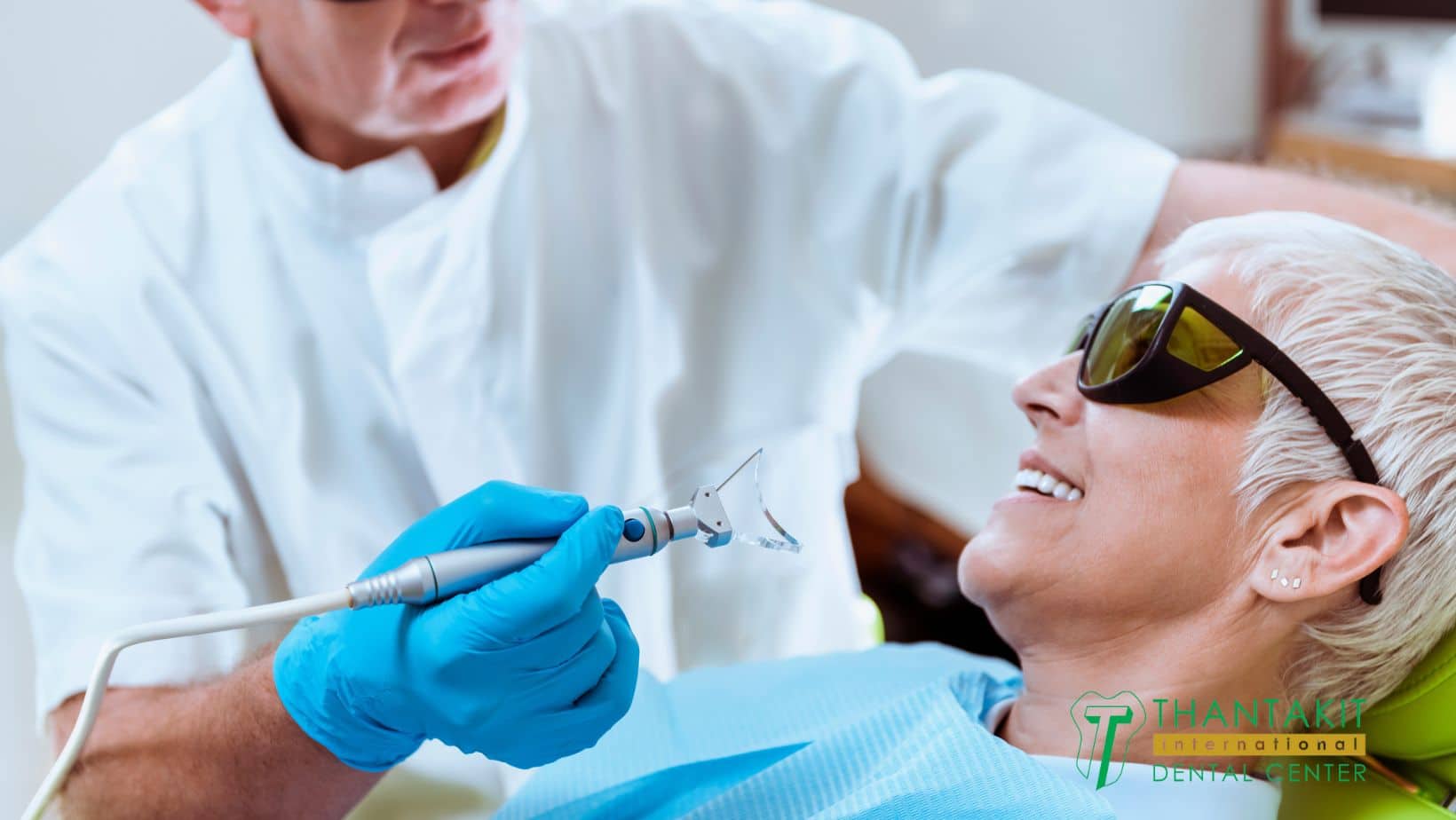
Types of Laser Dentistry Procedures
Laser dentistry has a wide range of applications, including treating cavities, prepping teeth for fillings, root canal therapy, and even accelerating the results of tooth whitening procedures.
They’re also used in periodontal treatments, gum reshaping, and the removal of lesions or tumors. On that note, these procedures can be separated into two categories:
-
Soft-Tissue Procedures: Dental lasers of a certain wavelength are typically used for gum contouring, gingivitis treatment, and frenectomy (removal of excessive muscle attachment).
These lasers can double as sutures as well due to their cauterizing effect on soft tissue, which makes them ideal for cleaning infected material inside periodontal pockets.
-
Hard-Tissue Procedures: This category of laser is responsible for cavity removal, tooth preparation for fillings, and even enamel whitening.
In other words, any treatment involving the enamel or bone is considered a hard-tissue procedure. They use more focused and shorter laser wavelengths compared to their soft-tissue counterparts.
For tooth decay removal, Er:YAG lasers are the best. They emit a wavelength of around 2.94 micrometers (2,940 nm) and they also serve as a great substitute for ultrasonic drills.
Long story short, dental lasers use different wavelengths, either gentler, longer waves or shorter, powerful ones—depending on the type of tissue they’re operating on.
Penetrating shorter wavelengths work best for hard-tissue operations while gentler, longer wavelengths can handle soft tissue better with its cauterization effect.
The wavelengths can be as gentle or as rough as needed depending on the application. They’re also very precise in that they can cut or scrape without “invading” the rest of the mouth. Only the diseased material is removed.
How Does Laser Technology Improve MID?
Laser technology targets only affected oral and dental areas while sparing the surrounding tissues. It’s very precise, thus reducing your bleeding significantly because it can cauterize and disinfect cuts at the same time.
The dental laser also needs less anesthesia since it’s practically painless. It can even notably decrease your anxiety during and after treatment since it’s also a provably safe and dependable tool.
Normally painful procedures will feel painless—or less painful than before—thanks to laser dentistry. Dentistry is intimidating enough as is to include human error in your list of concerns.
If it’s available at your nearest dentist, you’re in for a pain-free dental experience. You can even get a discount (and a Bangkok vacation) at Thantakit Dental Center for good measure.
Laser Dentistry and Gum Disease Treatment
Laser dentistry is particularly beneficial for treating your gingivitis, especially if it has graduated to tooth-loosening periodontitis. It’s effective in eliminating infected gum tissue without affecting the rest of the gums.
This results in swift procedures that are completed in one visit, which allows patients to return to their normal lives with minimal disruption.
Dentists used to have to cut through periodontal pockets to access and remove the diseased tissue within. Thanks to laser technology, they can instead depend on tiny laser wands to access the pockets and quickly treat the issue.
Laser Dentistry and Its Advanced Healing Properties
Laser treatments are also renowned for their advanced healing properties thanks to their cauterization effect on the gums and teeth during implant surgery, benign tumor removal, and gum recession surgery.
Laser technology also helps alleviate any unfounded fear you may have when undergoing any dental treatment. It’s safer than you think.
Recovery time that normally takes weeks can now only take days. You can go about your day right after a deep cleaning session thanks to the dental laser’s cauterization effect.
Knowing that these lasers can make dentistry procedures much simpler and gentler than normal can go a long way in keeping you calm, anxiety-free, and tranquil.
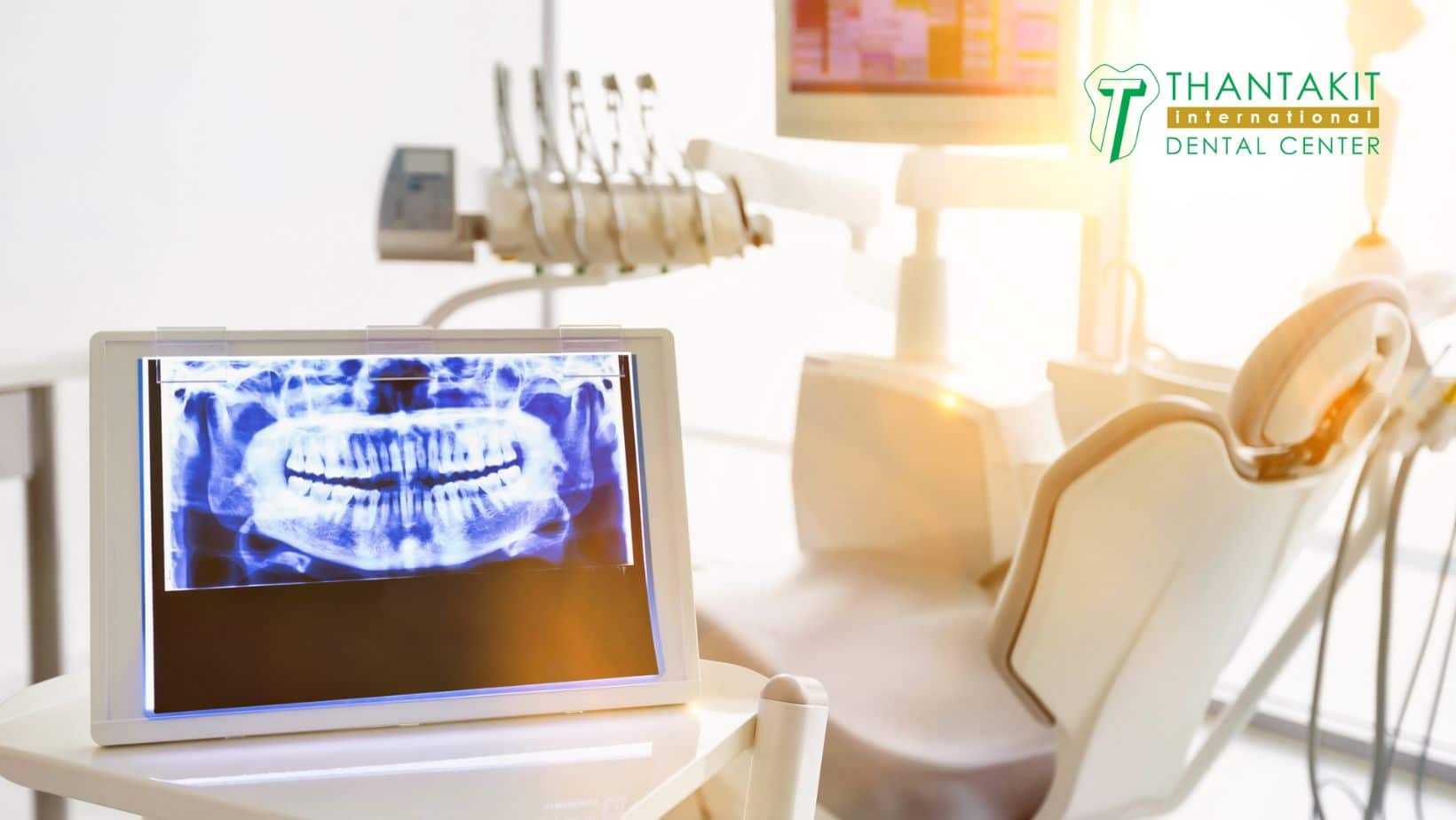
The Importance of Dental Laser Safety
The best dental clinics and centers offer proper safety measures when using laser dentistry, such as providing eye protection for both you (the patient)and the staff.
Watch for a designated “nominal hazard zone” (NHZ) that comes with warning signs. Access to this area should be restricted to trained personnel only.
Additionally, precautions must be taken to prevent fire hazards and manage the plume created by the laser (like proper ventilation). Check these safety protocols to ensure you’re in the right hands or the right dentist.
The Limits of Laser Dentistry
Technology does have its limits though. The lasers cannot be used on any teeth with existing dental fillings. It’s also not recommended for use on teeth that have been prepped for crowns and bridges.
Moreover, most patients require anesthesia before undergoing laser-based dentistry. Even though the point of undergoing laser dentistry is pain-free treatment, some pain will be inevitable.
It’s not a magic bullet that can instantly make any dental treatment better. But when it’s applicable, it presents a unique set of advantages that makes the whole operation go as smoothly and quickly as possible.
Thantakit’s Laser Dentistry Offerings
Thantakit International Dental Center in Bangkok offers laser dentistry as part of its comprehensive range of world-class services.
The center itself utilizes laser technology for various dental procedures, including gum surgery, cavity treatment, and teeth whitening. It aims to minimize discomfort and speed healing.
As a patient, you can expect the following benefits from Thantakit’s dental laser procedures.
-
Reduced Discomfort and Bleeding: Thantakit’s laser procedures often require less or no anesthesia at all. This means less discomfort and bleeding on your part during and after treatments.
Even major surgery doesn’t require sutures because lasers naturally cauterize incisions. You won’t have to bleed or wait for many weeks for the sutures to melt and scar either.
-
Shorter Recovery Times: The center’s laser dentistry is advanced enough to live up to international standards of MID. You’re ensured recovery times are as short as possible when compared to clinics that only use traditional tools.
-
Precision and Accuracy: Their lasers are just as precise as the lasers discussed above. Their arsenal allows for all sorts of precise and accurate dental treatments.
Instead of removing tissue by the millimeter, their lasers remove them by the micrometer (μm). A millimeter is equal to 1,000 μm. As for a hair strand, it ranges from 17 to 181 μm.
-
More Than Just Teeth Whitening: The center has always been on the cutting edge of dentistry technology, so it’s not a surprise that its dental lasers aren’t just limited to whitening teeth through the ultraviolet laser lamp.
-
Versatility: Thantakit recognizes that laser dentistry can be used effectively in various dental areas, including gum surgery, cavity treatment, and whitening. Just check their testimonials for details.
The center is also aware that worthwhile laser dentistry offers “minimal invasiveness” of adjacent structures. That’s why they included the tech as part of their “arsenal” in the first place.
Thantakit’s commitment to using advanced dental technologies, including laser dentistry, is evident in its reputation as a leading dental center in Thailand.
Indeed, laser procedures are a less invasive alternative to traditional dental treatments. They also offer other modern technologies like digital X-rays, 3D scans, and CAD/CAM systems for crowns and implants for good measure.
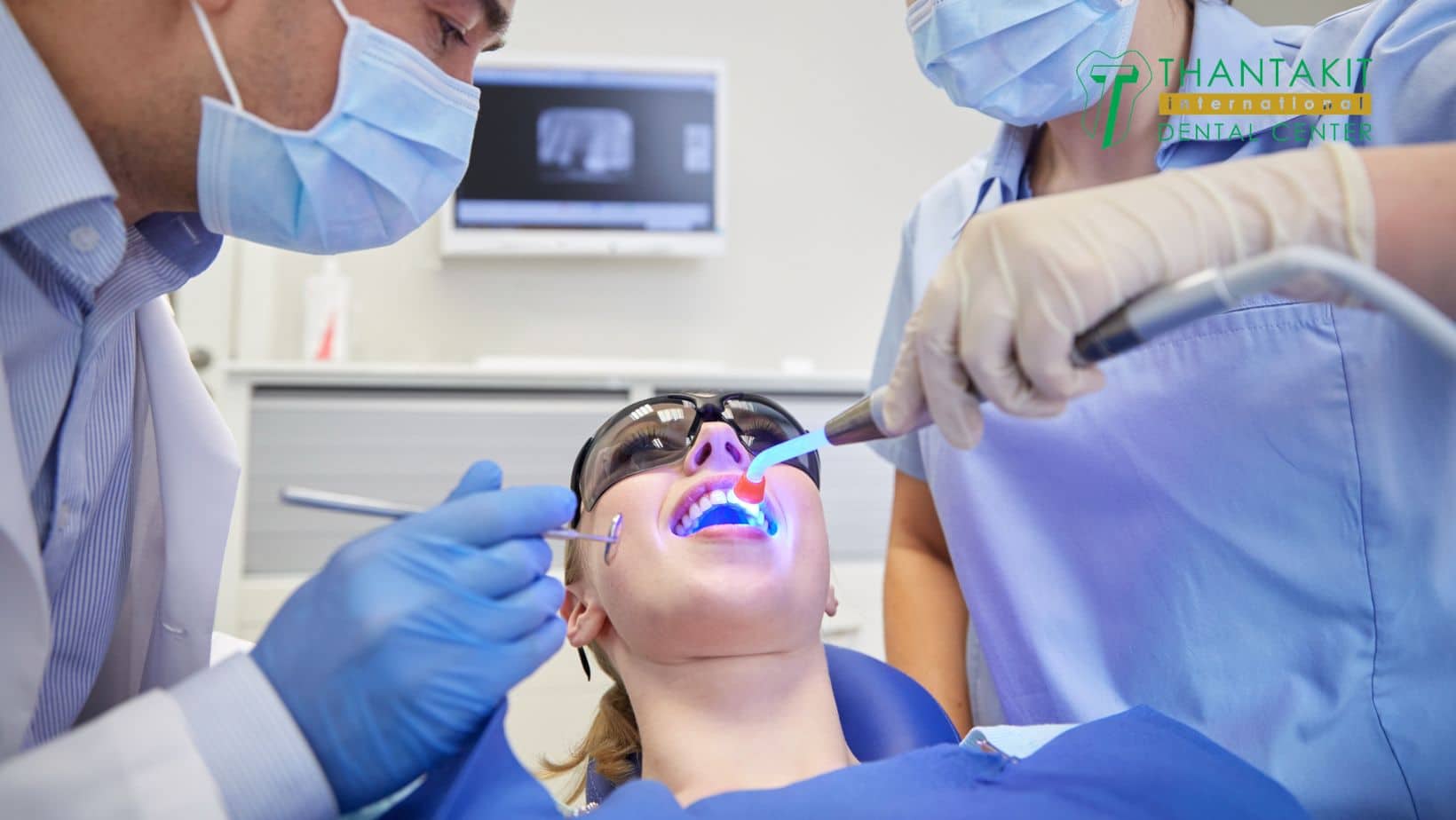
Laser Dentistry in a Nutshell
Laser dentistry uses focused light beams for a variety of dental treatments, offering a minimally invasive approach to such operations. Its advantages include reduced pain, faster recovery, and improved precision compared to traditional dentistry methods.
On that note, you can avail yourself of laser dentistry and various other state-of-the-art tech at the renowned Thantakit Dental Center in Bangkok, Thailand. Dental tourism might be the answer you’ve been searching for to rediscover your brilliant smile.
Thantakit International Dental Center is Thailand’s longest established dental center. Situated in Bangkok, our clinic is renowned across the world as a destination for world-class dentistry, with most of our patients flying to us from Australia.
Please contact us today and get a FREE dental consultation.
